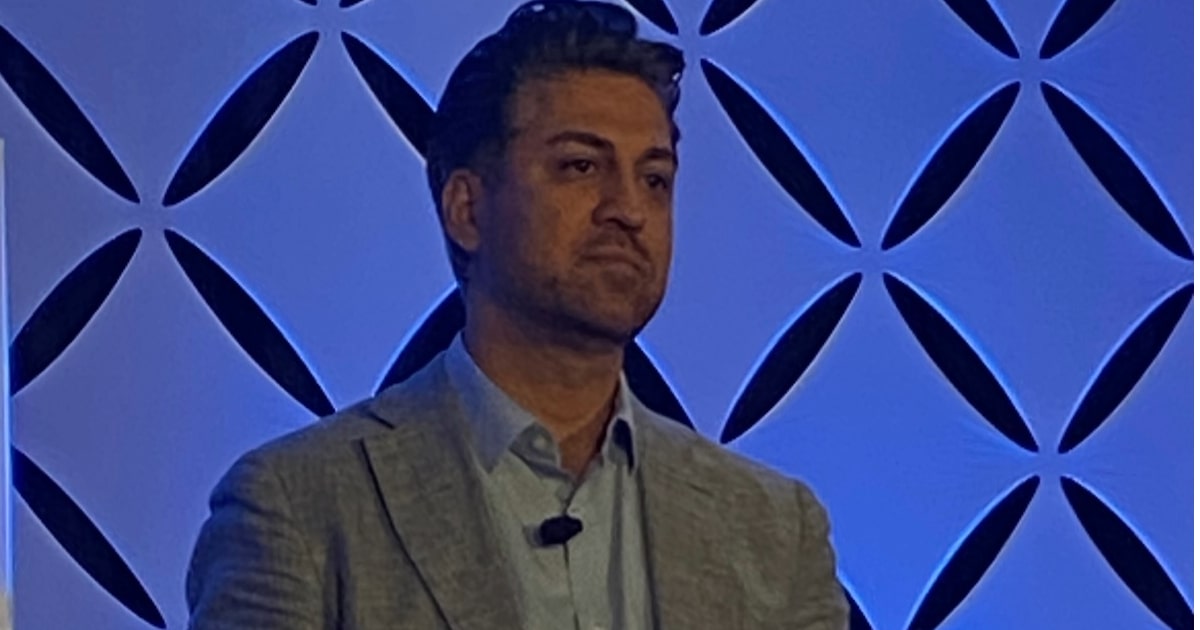Stephen Krupa is the senior managing member and chief operating officer for Psilos, having joined the company at its inception in 1998. He focuses primarily on identifying investment opportunities in next-generation healthcare services and healthcare IT companies. In addition, he advises many of Psilos' portfolio companies in the areas of capital formation and merger and acquisition strategy and structure. He has served on several Psilos portfolio company boards, including Active Health Management (exited), Extend Health (exited) and HealthScribe (exited). He currently serves on the Board of Directors of Caregiver Services, Care Management Technologies, HealthEdge Software, PatientSafe Solutions and HealthMine (formerly known as SeeChange Health Solutions). Prior to Psilos, he was a vice president at Wasserstein Perella & Co., a leading international investment bank.
Q. What's the one promise of mHealth that will drive the most adoption over the coming year?
A. E-commerce applications. We will see widespread adoption of simple consumer-oriented mobile apps that are similar to what we already see in industries outside of healthcare. They will include the purchase of home medical products and filling or renewing prescriptions. In certain markets apps for provider appointments, follow-ups and confirmations should gain a lot of traction.
Q. What mHealth technology will become ubiquitous in the next 5 years? Why?
A. Five years used to be a very short period of time in the healthcare business, which is notably slow to change. Whether the capabilities of mobile and Internet computing can speed things up remains to be seen, but there certainly is a historical push in the start-up community to fund companies that are using this infrastructure as a way to disrupt healthcare. So it may be possible for some pretty good ideas to gain traction faster than in the past.
I think it’s a sure thing that we will see widespread use of mHealth for remote patient monitoring and telehealth. (We invested in this area many years ago, and we were too early, but the time is now).
If we can see some progress on interoperability - continue to watch the Epic situation here - then I would look for hospitals to add secure mobile communications, workflow and point-of-care networks inside hospitals and across their discharge provider networks.
Finally, if we can get a real-time digital network working, then the evolution of consumer apps into a very personalized experience has a lot of exciting possibilities, well beyond what might be offered today with products like iTriage. I would expect to see a new generation of apps offered independently and through the sponsorship of employers, providers and insurers (not necessarily health insurers only - see what John Hancock is doing with Vitality, for example). It’s my hope that they will be able to access claims, EHRs and user-entered data in real time and connect to a whole new generation of medical-device-worthy wearables. When that happens, the possibilities for mHealth are endless.
Q. What's the most cutting-edge application you're seeing now? What other innovations might we see in the near future?
A. The migration of wearables into medical devices is the best application.
The commercial wearables out today are notoriously inaccurate and amount to mere toys. But if they evolve into reliable medical devices - and this is just a matter of allowing computing progress and innovation the time to play out - then, in combination with the mobile network, we are going to have the means to begin to focus on the prevention of chronic illness, which honestly is the most cutting-edge idea I know of in healthcare.
For this to work we need a generation of cost-effective, easy-to-use wearables that can monitor or derive a menu of personal health data like blood pressure, glucose readings, heart rate and brain activity, to name a few. Then we can build the software to deliver real personalized health analysis and management programs.
Take a look at a company like Electrozyme, which is developing a printed, flexible strip sensor that measures electrolyte balance, hydration, muscle exertion and physical performance. Extract their and others’ work out five years and we are really going to be someplace very new and cool.
Q. What mHealth tool or trend will likely die out or fail?
A. Anything that’s not personalized is doomed. Here come the Millennials, and they are going to start having families, which means they are going to become meaningful healthcare customers. They are used to getting what they want when they want it, and they are used to personalized connections through technology. These are the healthcare customers of the future, and anything mobile that is not built with them in mind is over before it can even get started.
Q. What mHealth tool or trend has surprised you the most, either with its success or its failure?
A. Mobile wellness – by and large, it is nonsense. We can do so much better. Back to the drawing board, please.
Q. What's your biggest fear about mHealth? Why?
A. mHealth is a great threat to the reactionists, the collision of the Monarchs with the Enlightened, but it’s unclear when the beheadings will start. So much market power resides within the status quo, much more so than in other regulated industries like livery cabs and hotels, where mobile has delivered severe and rapid disruption. For years we have had “HCIT,” the least innovative software industry in the country, and unfortunately it’s been able to extend the lifecycle of some very outdated software for far too long. This software, which is expensive to maintain and overtly unfriendly to data-sharing and secure peer-to-peer networking, leads a very unnatural existence. Some of it relies on government subsidy and punishing leverage over its customers for its very survival. I worry that the individuals who manage many of the primary stakeholders in healthcare are too out-of-touch and conservative to recognize that the technology they could have available to them today is beyond anything they would have imagined prior. It shouldn’t cost a billion dollars to stand-up an EHR network!
For mHealth to be truly awesome it needs a reliable, open but secure, real-time digital infrastructure, which is not anywhere near what we have today. To get there requires generational change. I feel for a lot of the “establishment” healthcare executives. They bought technology five years ago that they thought was proven and reliable. Now many of their customers have smartphones and they can’t interact with them in a meaningful way because the software isn’t designed to be on the Internet. They need new solutions and they don’t know what to do, but they have to do something before they retire. They can’t leave their legacy as a mess.
This generational change is inevitable, but in my view it lacks the urgency I see in other industries. This is bad for our mHealth aspirations. I do see signs of movement, which I hope will not be stalled by some unforeseen regulation or consolidation rout.
Q. Who's going to push mHealth "to the next level" – consumers, providers or some other party?
A. It’s probably the government. While the VC brotherhood invested $4 billion last year to challenge the status quo in healthcare, it’s really the feds who led the current plan for a digital infrastructure, especially at the provider level. Unfortunately it’s not built right and it's controlled by a cadre of uncooperative companies. The feds have the power to demand change, especially as long as the subsidies continue to flow.
Having said that, I really like the people running CMS and the other government health agencies that can make the difference here. I think they understand the issues at hand and know they need to lead.
Q. What are you working on now?
A. My attention is focused on three important Psilos Group digital health portfolio companies. PatientSafe Solutions builds Mobile Care Orchestration networks in hospitals that improve care and efficiency for nurses and other healthcare providers. The actions of the Mobile Care Orchestration Network focus on safety, workflow and clinical communication with full integration with the providers’ EMR. HealthEdge Software serves as a fully automated and networked digital platform for payers, creating immediate claims adjudication and data availability within a transactional infrastructure that allows for unlimited types of automated contractual relationships among payers and providers. This is the next generation of payer automation and it will enable the digital backbone necessary for payers and providers to innovate through mHealth. Healthmine is reinventing mobile wellness toward something they call Personal Clinical Engagement, the goal being to deliver measurable ROI to consumer wellness, consumer engagement and mobile care management initiatives for payers and employers.


